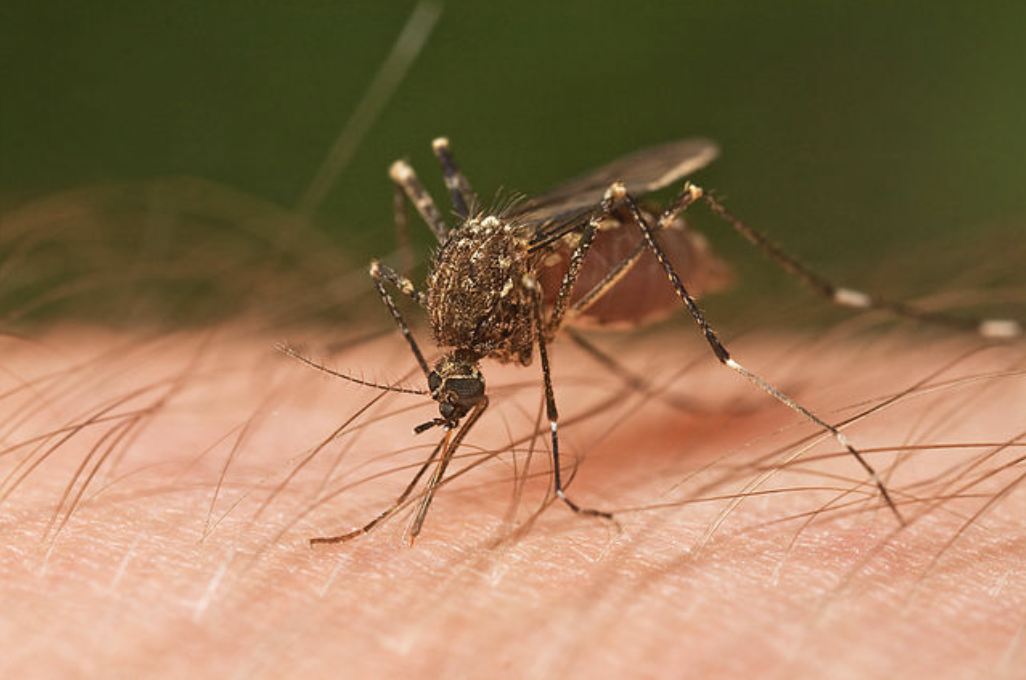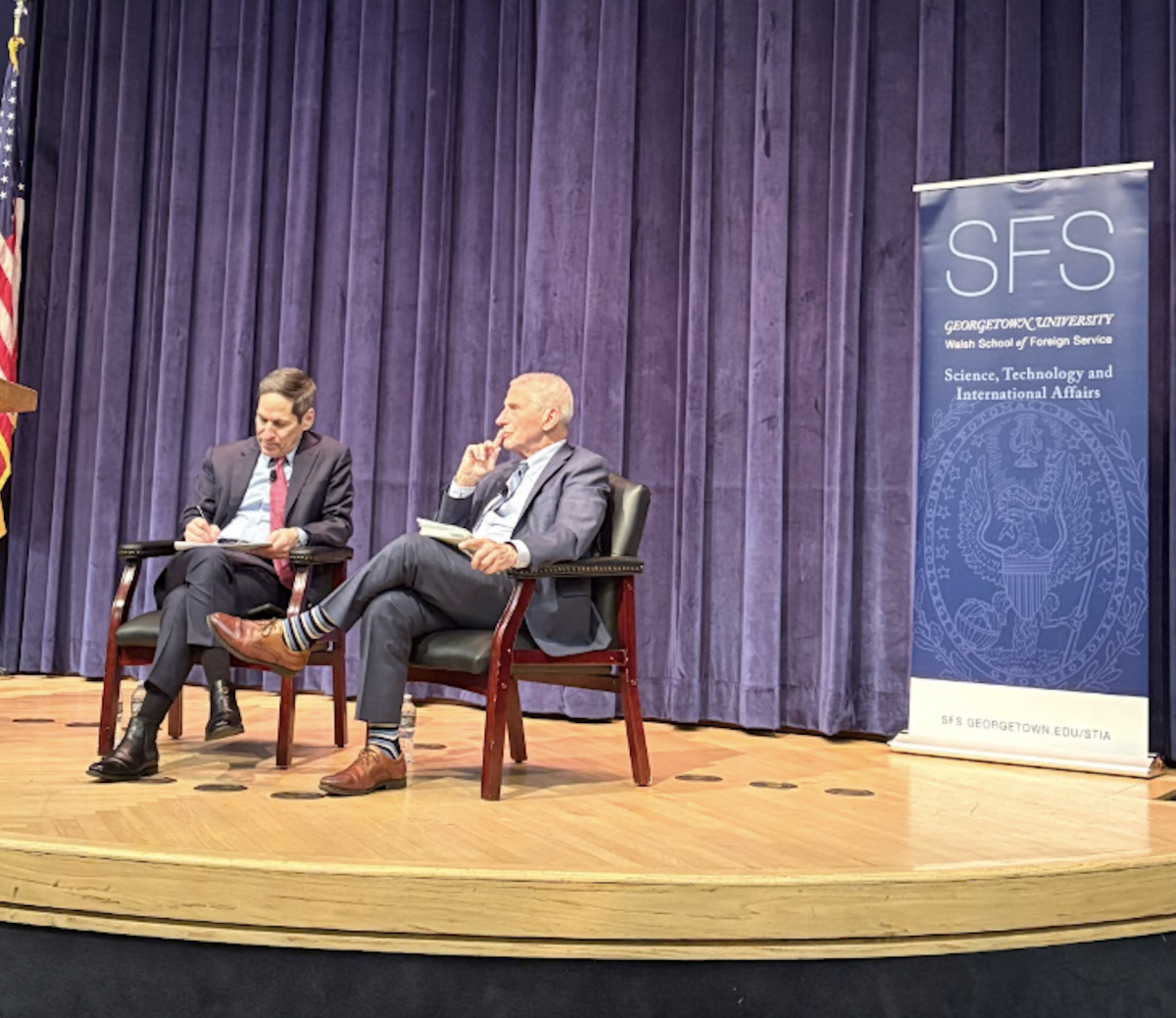A Sept. 17 Georgetown University Medical Center (GUMC) seminar highlighted research on a revolutionary approach to cancer treatment: utilizing the body’s natural immune system to combat tumor growth rather than directly targeting cancer cells.
Alejandro Villagra, an associate professor in the department of oncology at the Georgetown University School of Medicine (GUSOM), shared his research in a talk hosted by the department of microbiology and immunology. The lecture focused on Villagra’s research on the manipulation of macrophages, a type of white blood cell active in the immune system, to combat the growth of cancerous tumors.
“Some people assume cancer research is about killing cancer directly,” Villagra told The Hoya. “We are focusing on the mechanisms we already have in order to kill cancer. So, these treatments, rather than the normal conception of killing the tumor, helps galvanize the immune system to indirectly kill cancer.”
Macrophages are one of the most abundant cell types in tumors, making their regulation vital to cancer research. These cells fall into two main categories: M1-like macrophages, which trigger inflammation, and M2-like macrophages, which reduce inflammation. According to Villagra, the probability of a cancer patient’s survival correlates with the type of macrophages present in the tumor. A higher content of M2-like macrophages is associated with increased tumor growth. However, it’s important to note that not all activities performed by M2-like macrophages are disease-causing.
“M2 macrophages are not bad just because they are ‘pro-tumor,’” Villagra said. “These macrophages are the ones that help with wounds and allergies, preventing strong reactions. As a side effect of their actions, they can promote tumors.”
For cancer therapies targeting M2-like macrophages to be effective, they must be able to diminish these tumor-causing activities. To achieve this, researchers alter the activity of specific enzymes called histone deacetylases (HDAC), which, among other functions, control M2-like gene expression.
Villagra and his lab found that altering HDACs 6 and 10, which are both involved in regulating inflammatory responses, significantly reduced the size of tumors in mice. In their experiment, 10 out of the 16 mice had their tumors completely eradicated by this treatment.
“Interestingly, you can see here that 10 mice out of 16 in this group, they completely went under remission, the tumors disappeared,” Villagra said.
The drug used in the study, AVS100, decreased tumor size by lowering the concentration of M2-like macrophages and prevented tumor regrowth by arresting the conversion of M1-like macrophages to M2-like macrophages following treatment. This mode of cancer treatment, focusing on M2-like macrophages, has also shown great promise in improving the outcomes of radiation therapy.
“Anytime there is radiation, there is an injury,” Villagra said. “Whenever there is an injury, the macrophages go there with an inflammatory response and then try to heal the area. So, when tumors are eradicated, the macrophages become anti-inflammatory to heal the area. This inadvertently helps the tumor relapse.”
HDAC6 inhibition combats this relapse by arresting the switch from M1-like to M2-like macrophages, preventing the natural wound healing process that inadvertently promotes tumor regrowth.
Megan Winakur (CAS ’28), a Georgetown University student interested in cancer research, was amazed by this research and new approach to cancer treatment.
“Cancer is such a widespread disease that affects so many families around the world, and forming new and better ways to treat this disease will only help,” Winakur told The Hoya. “Specifically, the way this research targets the tumor indirectly will drastically improve quality of life for cancer patients, as chemotherapy and radiation treatments are much more harmful to the entire body.”
The traditional approach to curing cancer focuses on “killing cancer” by directly attacking tumors. However, according to Villagra, research is evolving to instead utilize our natural body processes to combat the disease. Villagra’s work demonstrates how scientists can harness the immune system to indirectly target cancer cells, opening up promising new avenues for immuno-oncology research.
“Some people assume cancer research is about killing cancer directly,” Dr. Villagra said. “There is no magic bullet to kill cancer, so let’s use the armament we already have: our immune system.”





